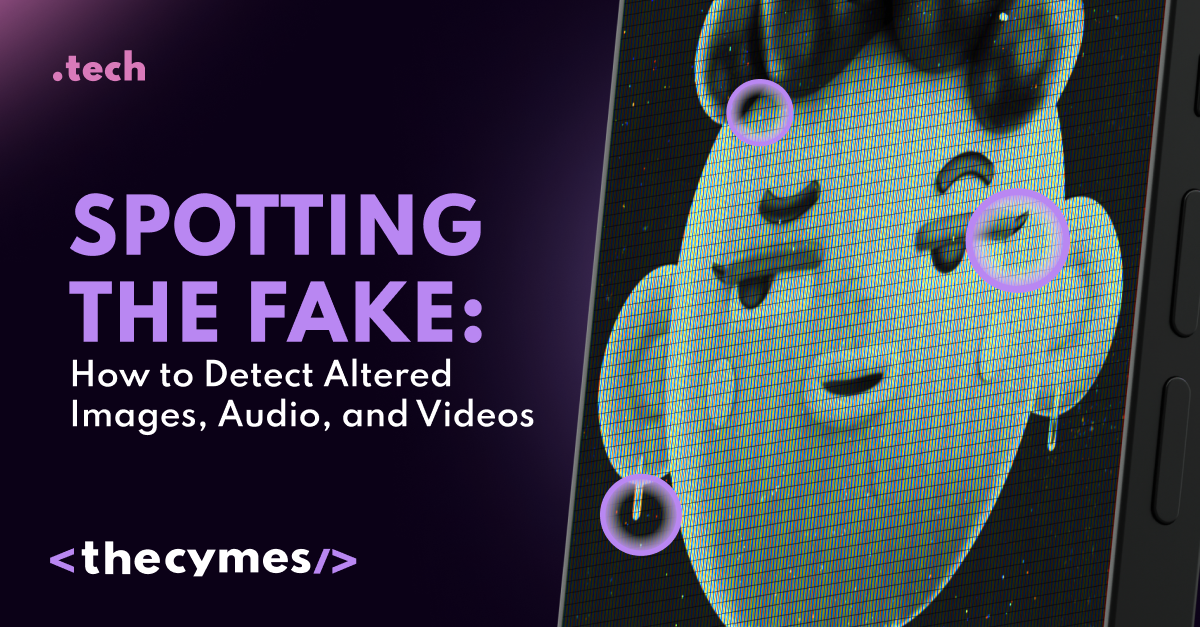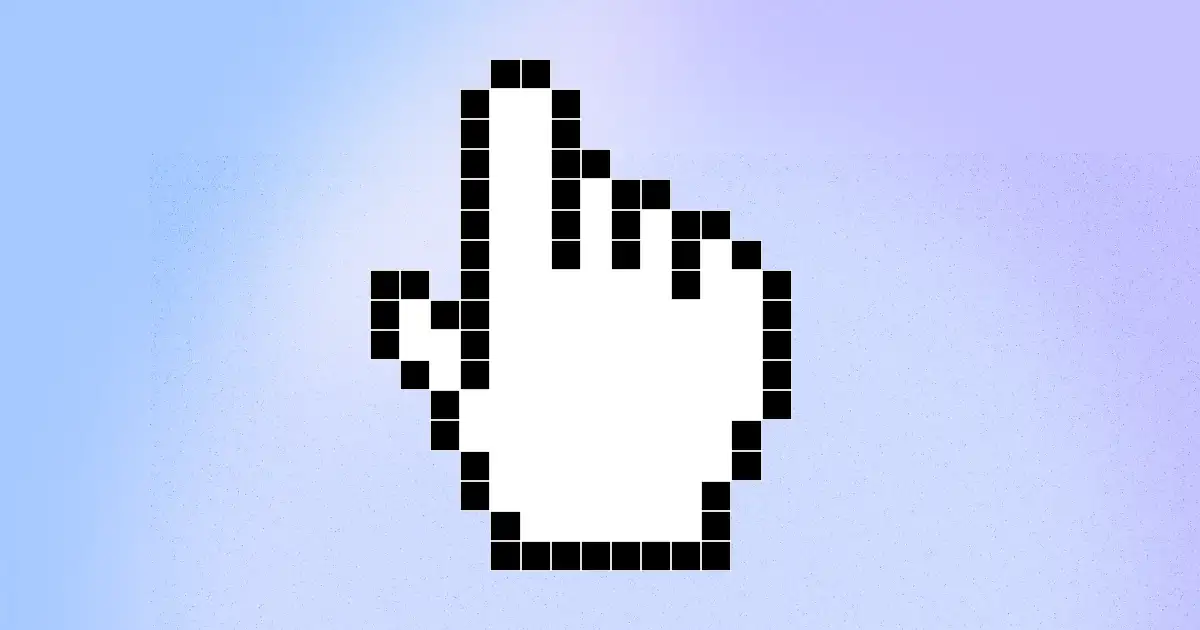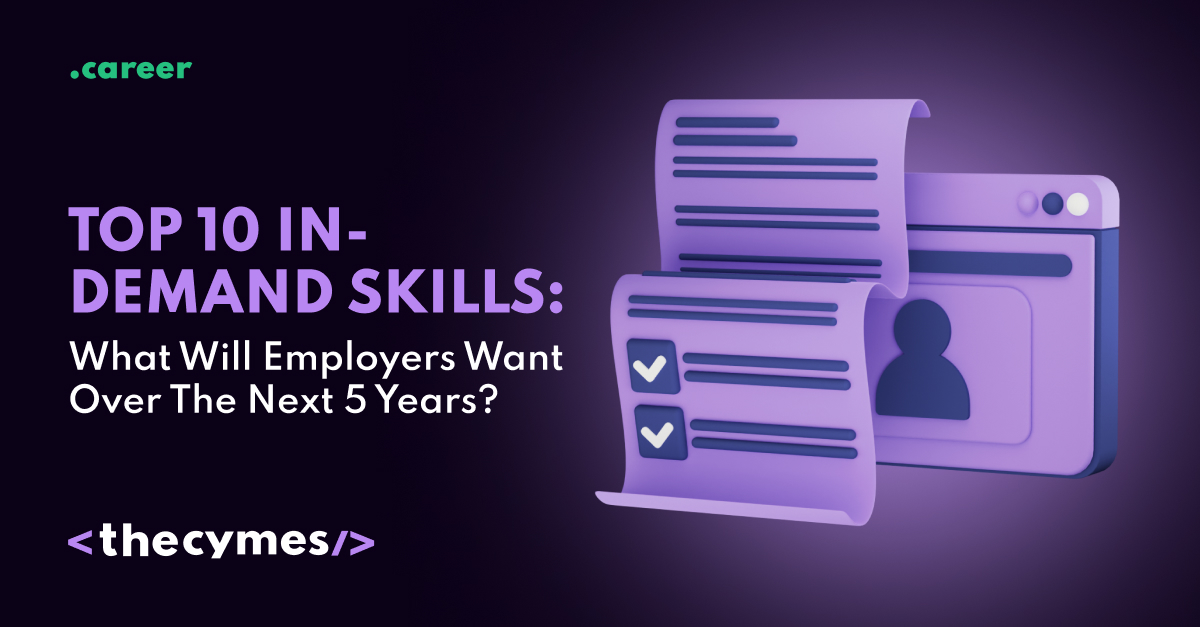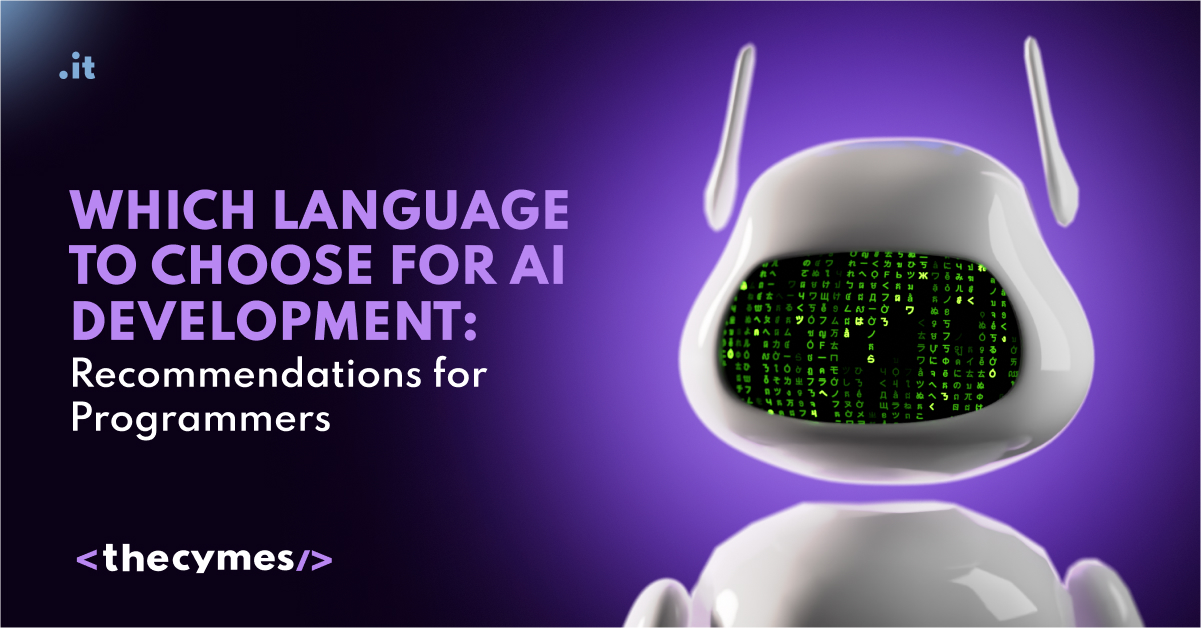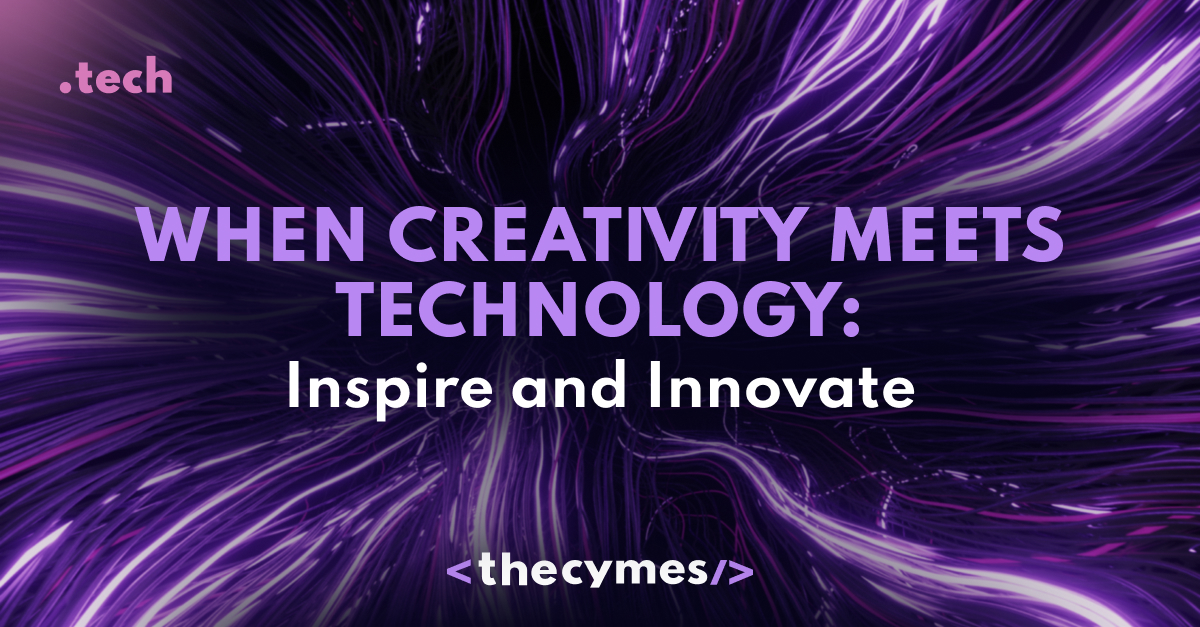Table of Content
Spotting the Fake: How to Detect Altered Images, Audio, and Videos
/>Read our new article and let's outsmart the fakes together!Introduction
In the context of uncertainty and constant changes in the uses of new media, the boundaries between truth and falsehood are rather indistinct. Rapid artificial intelligence (AI) advancements have empowered creators to generate stunningly lifelike content, from photorealistic images to convincing videos. While these technological marvels hold immense potential, they also present a new challenge: how do we discern the authentic from the artificially generated?
While OpenAI’s GPT-4, DALL-E, and Midjourney are the present and future explorers on the front line of synthetic media evolution it is essential that we, the members of digital society, learn how to properly perceive and interact with this increasingly familiar realignment of reality.
The dream and the fear of the content created by Artificial Intelligence
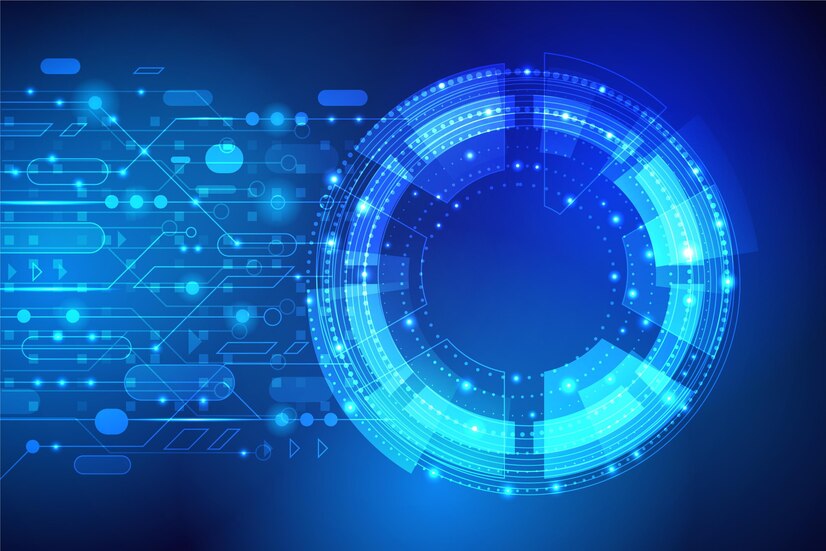
Image by FreePik
It is quite clear why there is such a phenomenon as AI-generated content. Through their redefined features of visuals, sound clips, and surmountable texts, the design tools have brought the contemporary world into a new era of creativity. Time, skill, and resources are no longer limiting factors by which creative people can create pieces; instead, they use the help of AI.
However, this technological revolution has an underbelly. Although AI systems are developing to become even more realistic, the possibility of manipulation and usage of fake news also increases exponentially. Deepfakes – synthetic media containing authentic and fake components – are especially dangerous. Such creations can be used to inject fake news, scams, or even identity theft which are disastrous to the victims and the society as a whole.
Given this challenge, it becomes imperative for us to equip ourselves with skills to detect and curtail the spread of synthetic media. Given below are a few strategies to find your way through the dangerous maze of AI-generated content:
Pay Attention to the Fine Details
This one is a dead giveaway: AI-generated images contain these small, normally negligible glitches. As realistic as many of these can appear at first glance, most of them deviate in tiny anatomical, textural, and lighting details. Attention should be paid to proportions in the human form; that is, the size of the individual features on the face in relation to each other, that the ears are situated correctly, and that hair and clothing follow the natural lines and flows. Strange irregularities in such things are a good indication that what is being seen is synthetic.
Then examine the details of the background, reflection, and shadows. AI is very advanced but still has a hard time working on simulating all the elements that exist in the real world. The inconsistencies in the above can become good giveaways, and any observer will know that there is some fakeness in the image.
Using Metadata Analysis
Metadata, the kind of information which is contained within a digital file, may often provide valuable clues about the history or origin of an image or video. Say what camera was used, where and at what time a photograph or video was made, or even what software was used during processing.
Metadata anomalies, such as timestamps not making sense about what is in the content, or information that one would expect to be present but is not, would highlight that the visual has been altered or AI-generated. For that, the use of tools such as Exif data readers or reverse image search engines can be powerful allies in the cross-referencing of data for such anomalies to come into the light.
Powering AI
The same technology that allows for the creation of synthetic media can be used to detect it. AI has already been used in a variety of methods and algorithms that help in the identification of AI-made content, from faint pixel patterns to inconsistencies in the underlying data.
These advanced detection tools will let you in on the inside view of the digital footprint left behind by AI-generated visuals. Services like Forensically, FakYou, and FotoForensics offer a span of analytical capabilities that will enable forensic investigations into an image or video for any manipulation or synthetic elements.
Cultivate a Discerning Eye
The way technology is advancing, it is more important than ever to equip people with the facility for visible differentiation between what is real and what is synthetic. One of the most effective countermeasures in the fight against AI-driven disinformation could be a well-trained eye for detail and contextual awareness.
Engage in frequent media literacy practices that help you critically question every image that crosses your screen and your path in real life. Seek answers to questions about who the source is, what the intent is, and the plausibility of the content. In exercising your critical thinking muscles, if you remain alert, then you will foster a keen eye that will keep you in good stead within the dynamic digital world.
Tap into Collaborative Verification
When continuous doubtful situations beset the world of digital content, collective wisdom, and collaboration get heightened. Enlist the experience of fact-checkers, journalists, and digital forensics experts to make yourself more capable of spotting and debunking synthetic media.
Projects like the investigation network Bellingcat and the International Consortium of Investigative Journalists have set a fine example with new and innovative forms of collaboration in digital content verification. In these, background knowledge and capital invested by a global community of experts are put together. Join these efforts and add your expertise to work actively in fending off AI-driven misinformation and deception.
Conclusion
The challenge of detecting and returning artificial media in this rapidly changing digital landscape does not rely solely on experts but on all of us. By getting educated and equipping oneself with tools to discern tell-tale signs of AI-generated content, we can be empowered digital citizens capable of navigating through this treacherous terrain of the online world with discernment and critical thinking.
More importantly, however, beyond the agency of the individual, potent regulatory frameworks and industry standards must be established to deal with the issues thrown up by the rise of synthetic media. We need to promote an extended collaborative effort among policymakers, tech companies, and civil society organizations to ensure assure authenticity and integrity of digital content while restoring public trust in what people see and read.
At the end of the day, the fight against AI-generated deception will not be won on a technological battlefield; it is a fight for the very fabric of our common reality. Equipped with collaborative verification, joined by the trained eye, and empowered by state-of-the-art detection tools, we can take back our digital environment and guarantee that truth emerges victorious in this age of synthetic media. This is a challenge that calls for the vigilance of every single one of us, but it has the promise of a digital future that is transparent, trustworthy, and empowered.
